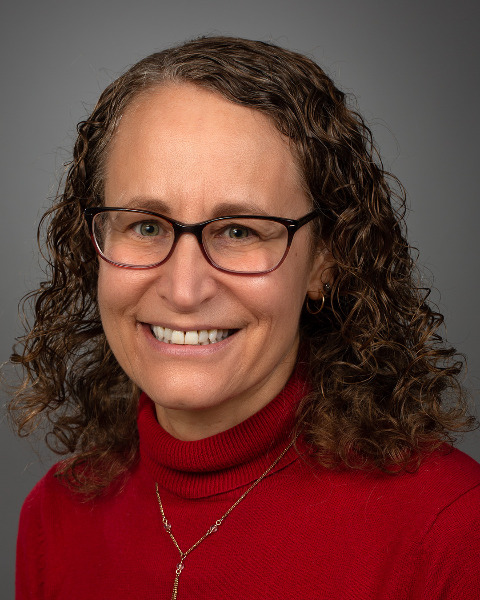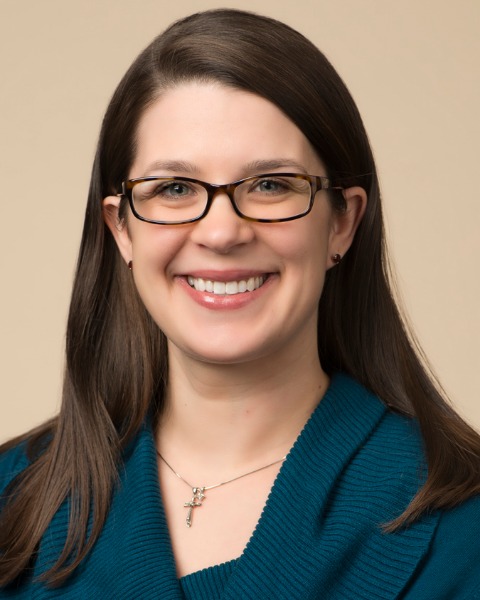Academic Education (AE)
PP203 - Interprofessional Education Between AuD Students and Medical Students

Rebecca L. Henning, PhD
Professor
University of Wisconsin-Stevens Point
University of Wisconsin-Stevens Point
Stevens Point, WisconsinDisclosure(s): No financial or nonfinancial relationships to disclose.
- JB
Joseph M. Brand (he/him/his)
Adjunct Assistant Professor
Medical College of Wisconsin-Green Bay
Medical College of Wisconsin-Green Bay
New Franken, WisconsinDisclosure(s): No financial or nonfinancial relationships to disclose.

Amanda R. Hallas Huff, AuD
Clinical Audiologist
Prevea Health
Green Bay, WisconsinDisclosure(s): Prevea Health: Employment (Ongoing)
Lead Presenter(s)
Contributor(s)
Summary:
Rationale/ Health care professionals need to collaborate across disciplines in order to provide the best care to patients. Accrediting organizations of various health care professions, including the Council for Academic Accreditation in Audiology, require academic programs to incorporate interprofessional education (IPE). IPE helps students gain knowledge and experience in working effectively on a multidisciplinary team, and learn about the roles and responsibilities of different health professions. This poster describes a successful interprofessional education program between AuD students and medical students. This program started with collaboration between an AuD program faculty member, a clinical audiologist in a medical setting, and a physician-educator at a medical school. The students are third-year AuD students (typically 5) at the Stevens Point campus of the University of Wisconsin AuD program, and first-year medical students (typically 25) at the Green Bay campus of the Medical College of Wisconsin MD program. The IPE takes place once per year for four hours. It has been in-person twice and on Zoom twice, when pandemic conditions required. The afternoon begins with two short lectures covering pathologies of the ear and audiology clinical procedures. Students then break into two groups if meeting in-person, or four virtual breakout rooms if meeting via Zoom, to discuss four cases for the next ~2.5 hours. All students are provided with the cases and related questions ahead of time, and the faculty members facilitate the discussion. Cases include a neonate with symptoms of meningitis, a 10-year-old who experienced a concussion, a 65-year-old with symptoms of Meniere’s disease, and an elderly woman with symptoms of possible hearing loss, depression, and/or dementia. The discussion questions cover differential diagnosis, medical tests and audiological assessments, development of a joint treatment plan, and roles and responsibilities of each profession. The questions apply to the cases, but also include discussion of a broader range of etiologies and tests/assessments. Following the discussions, medical students have the opportunity to experience hearing testing procedures with the AuD students operating portable audiometers. Outcomes/ The day concludes with a debriefing session where students report what they learned, what was beneficial, and what could be improved. All students have consistently reported they enjoyed interacting with each other and learning more about each other’s education and profession. Medical students have reported much greater knowledge about audiology and the role of an audiologist. Audiology students have appreciated learning more about medical tests and treatment, as well as which medical specialties are involved in managing different disorders. Students and faculty have commented that the IPE might be ideally placed during the medical students’ second year when they have more knowledge and clinical experience; however, given the tight 3-year curriculum of this MD program, there is not room to place the IPE anywhere except during the first year, and it is still highly beneficial in the first year. In conclusion, a case-based interprofessional education activity between AuD and MD students has been successful in educating both groups of students about each profession and how to effectively collaborate in managing patients.
Purpose:
Methods:
Conclusions: Learning Objectives:
